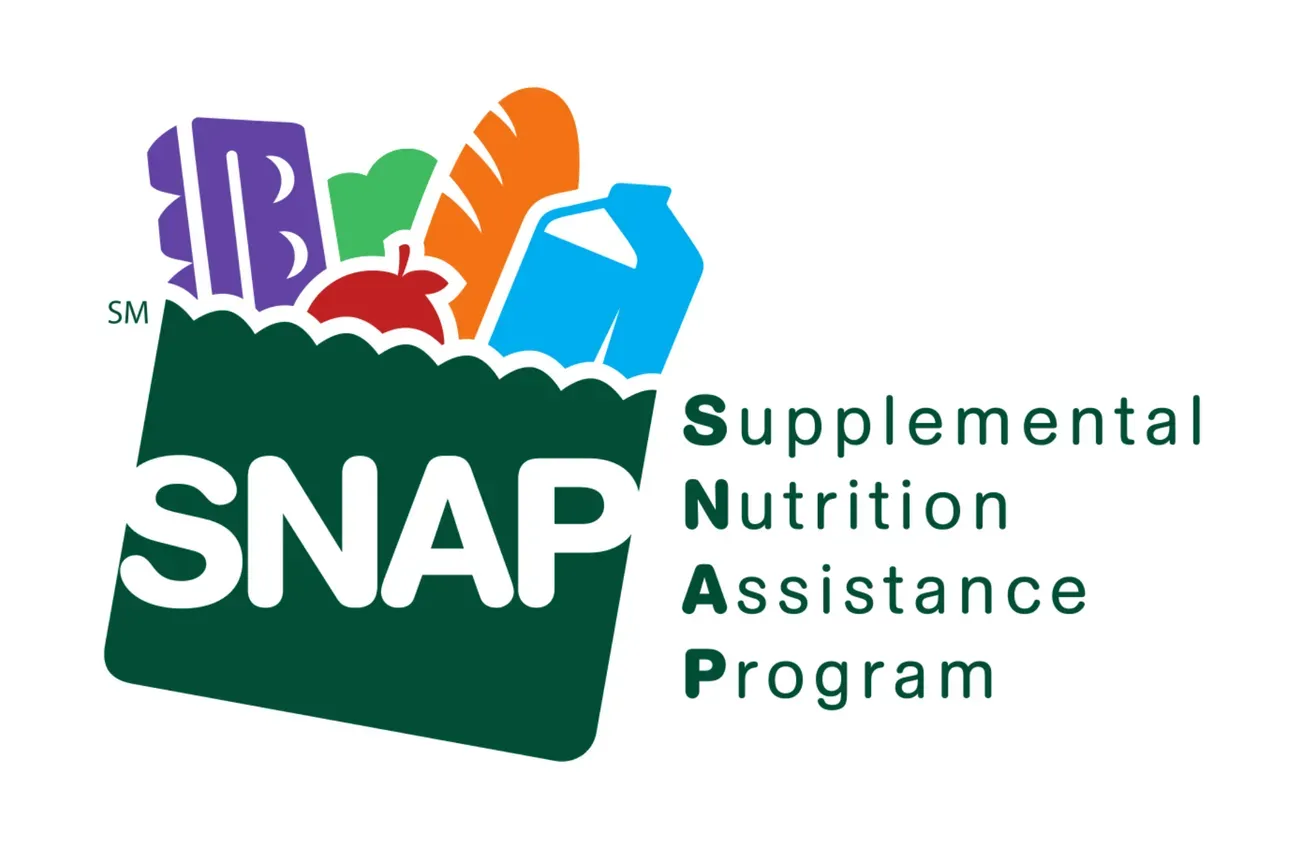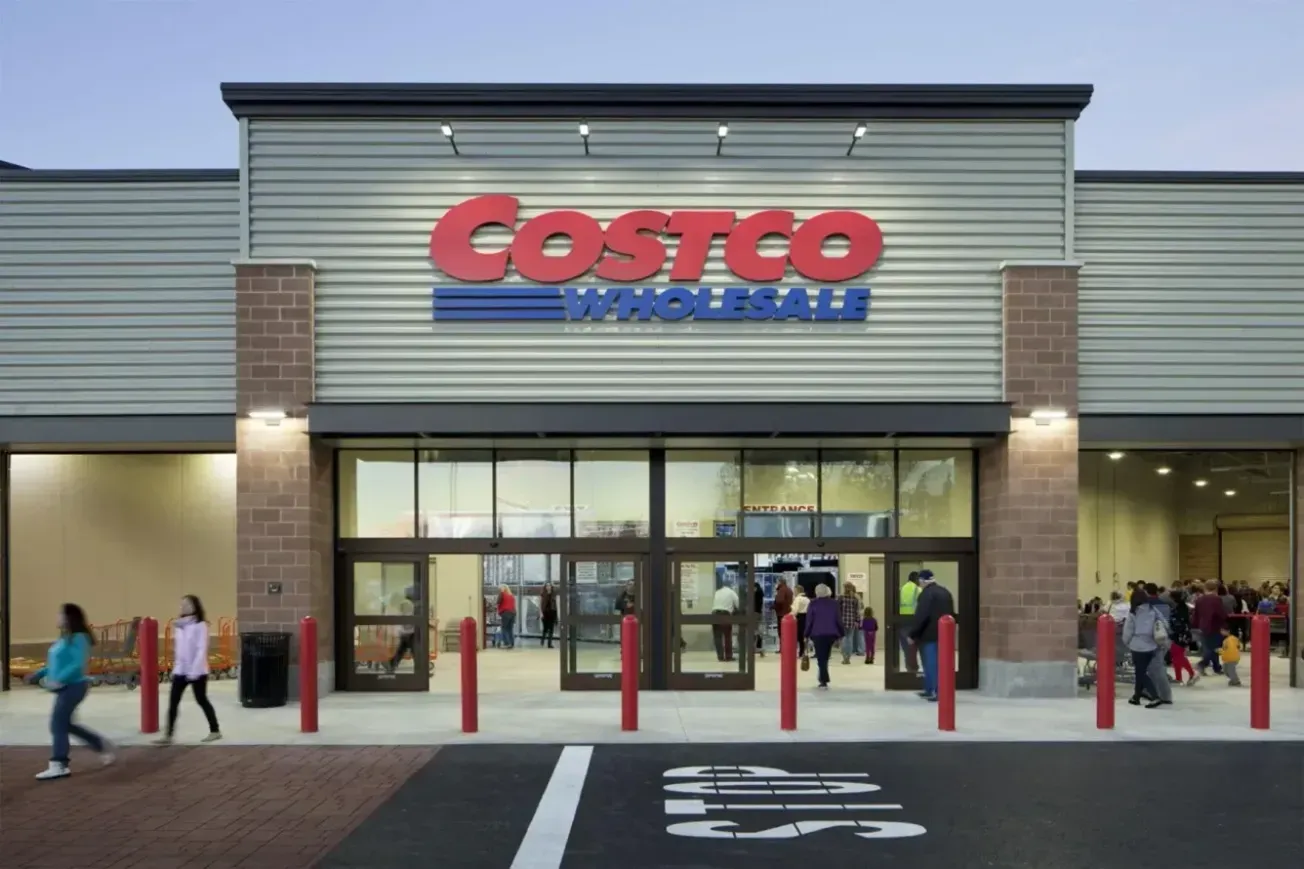CHICAGO—The Kearney Consumer Institute (KCI), the internal think tank of global strategy and management consultancy Kearney, unveiled its latest Consumer Stress Index today. This marks the Index's fifth quarterly release and its inaugural year-over-year comparison. It thoroughly analyzes consumer sentiment, exploring how broader economic pressures affect individuals’ financial choices and buying habits.
The 2024 data presents a complex picture: Consumers feel financial stress yet continue to spend. This contradiction is highlighted by the gap between media portrayals of "cash-strapped consumers" and the substantial holiday season spending, which includes unprecedented travel figures.
"The Consumer Stress Index highlights the gap between what consumers say and what they do," said KCI lead Katie Thomas, who spearheaded the study. "People are stressed about money, but they're also spending money. This duality explains why malls and airports are crowded even as headlines suggest affordability challenges."

The Index conducted a survey of 24,000 consumers in 12 countries to evaluate stress levels based on five central pillars: financial status and consumer spending, health and education, geopolitics and governance, environmental issues and food security, as well as advancements in innovation and technology. Notable findings from the report include:
- Personal situations drive behavior, not broader economic sentiment
Consumers' individual circumstances—such as job security and wage growth relative to the cost of living—are more accurate predictors of behavior than their general feelings about the economy. For example, nearly 75% of respondents said housing prices had little impact on their financial decisions, and affording food was not a significant concern. - Outdated perceptions of "Fair" pricing
Consumers' ideas of "fair" prices have not kept pace with reality. While prices have risen over 20% since 2019, wages have largely kept up, and spending as a percentage of income has remained stable in most categories. As inflation stabilizes, consumers are expected to gradually adjust to "new-normal" pricing. - New sectors emerge as indicators of financial health
Traditionally a key measure of consumer financial health, grocery spending is no longer the sole indicator. With more brands and retailers offering competitive options for high-frequency purchases, consumers are optimizing their spending on "needs" to free up budgets for "wants" like travel and recreation.
"The data shows that consumers are becoming more strategic in their spending," Thomas added. "They're finding ways to stretch their budgets on essentials to afford the experiences and products they truly value."









